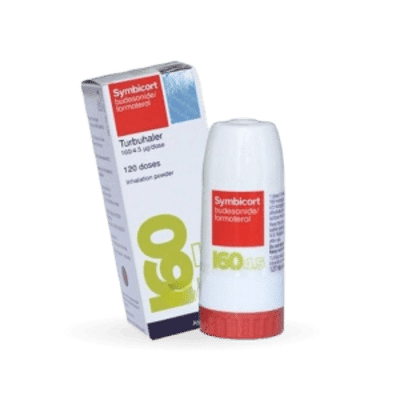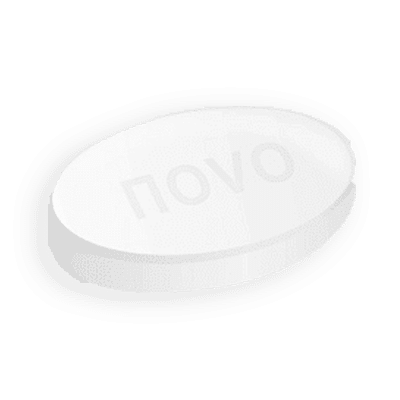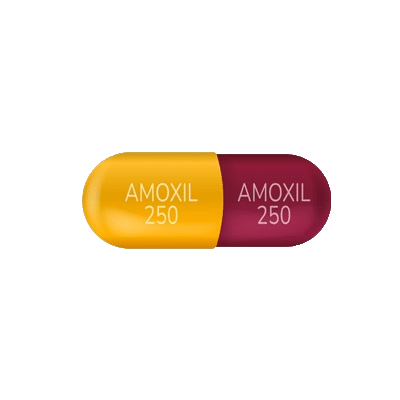Symbicort has given me significant relief from my asthma symptoms. I can breathe much more freely and feel less short of breath. The inhaler is easy to use and I quickly got used to using it twice a day.

Symbicort
- Discreet shipping
- Pay with crypto
- Quality products
- BTC,
- ETH,
- USDT,
- USDC
What is it?
Symbicort is an inhaled medicine used to treat the symptoms of asthma and chronic obstructive pulmonary disease (COPD). It is not a replacement for fast-acting asthma medications, but it plays an important role in the long-term management of airway disease. The main components of Symbicort help reduce inflammation and widen the airways, which helps relieve some of the main symptoms, such as shortness of breath and cough. Symbicort is recommended for both the prevention and treatment of asthma in adults and children over six years of age, as well as for various types of COPD, including emphysema and bronchitis.
Frequently asked questions
Composition
Symbicort contains several active ingredients that work together to achieve optimal results. The main active ingredients are budesonide and formoterol.
- Budesonide is a glucocorticosteroid with a powerful anti-inflammatory effect. It reduces inflammation in the airways, reduces swelling and reduces mucus secretion.
- Formoterol is a long-acting beta2-agonist that helps relax the smooth muscles of the bronchi, increasing their lumen and thereby facilitating breathing.
These components act synergistically, providing a comprehensive approach to the treatment of respiratory diseases and maintaining stable and free breathing in patients.
How to use?
Symbicort requires certain guidelines to be followed to achieve maximum effectiveness. The medication is taken twice daily with a 12-hour interval between doses. Each dose consists of two inhalations.
- Shake the inhaler before use and check the mouthpiece for residue or blockages.
- Exhale completely and cover the mouthpiece of the inhaler with your lips, pointing it up and back towards your throat.
- Inhale smoothly and deeply while pressing the inhaler valve.
- Hold your breath for a few seconds to allow the medication to distribute evenly through your airways.
- Remove the inhaler, release your finger from the valve and exhale calmly.
After using the inhaler, it is recommended to rinse your mouth thoroughly to reduce the risk of irritation in the mouth.
How does it work?
The mechanism of action of Symbicort is based on a combination of anti-inflammatory and bronchodilator properties, which makes it extremely effective for long-term control of asthma and COPD symptoms. Due to the presence of budesonide, the drug actively fights inflammatory processes in the airways, which reduces swelling and hypersecretion of mucus. This effect is extremely important for preventing airway obstruction and improving lung function.
Formoterol, acting as a powerful bronchodilator, helps to relax the smooth muscles of the bronchi. This allows them to expand their lumen, ensuring free air flow and significantly reducing the manifestations of shortness of breath. The combined action of both components provides sustainable support and relief of the airways, which is important for patients with chronic diseases.
Symbicort also plays an important role in preventing frequent exacerbations of diseases, offering stable support on a daily basis. This effect is achieved through regular use of the drug, which helps maintain optimal airway condition and improves the overall well-being of the patient.
Indications
Symbicort is used in the treatment of asthma and chronic obstructive pulmonary disease. It reduces inflammation and dilates the bronchi, which helps improve breathing and maintain a stable condition.
- Asthma in adults and children over six years of age.
- Chronic obstructive pulmonary disease, including emphysema and bronchitis.
- Long-term control and prevention of exacerbations of respiratory diseases.
Regular use of Symbicort allows you to maintain stable symptom control and prevent frequent exacerbations, which is important for maintaining the quality of life of patients.
Contraindications
There are certain contraindications to the use of Symbicort that must be taken into account before starting treatment. This helps to avoid negative consequences and ensures patient safety.
- Cannot be used as a primary treatment for asthma or COPD attacks.
- Contraindicated in patients with hypersensitivity or allergy to budesonide or formoterol.
- Not recommended for use as an emergency inhaler for acute attacks of difficulty breathing.
If contraindications are present, it is important to discuss possible alternatives with your doctor and consider other treatment options.
Side effects
Like any medicine, Symbicort may have side effects. To minimize their impact, it is important to follow your doctors recommendations and monitor your bodys reaction.
- Common cold symptoms: runny nose, muscle pain, fatigue.
- Irritation of the mucous membranes: sore throat, cough, sneezing.
- Feverish conditions: chills, headaches, fever.
In rarer cases, side effects may include abnormal heart rhythms, skin rashes, or difficulty breathing. If such symptoms occur, it is recommended to immediately consult a doctor to adjust the treatment.
Symbicort Reviews and Experiences
Before using Symbicort, I often suffered from COPD flare-ups. After starting treatment, I noticed significant improvements: attacks became less frequent, and in general, it became easier to cope with the disease. Side effects, if any, were minor and quickly passed.
My child has asthma, and doctors recommended Symbicort. After starting treatment, we noticed that he caught colds less often, his nighttime shortness of breath almost disappeared, and we could finally stop worrying about his condition at school. The drug helps maintain his activity level at his usual level.



